Influencers are a crucial factor in digital businesses because they are the bridge between brands and consumers.
Some of the ways to group influencers can be by; their audience size, the platform on which they are active (such as Instagram or Twitter), the niche of products or services that they post about, and their content type.
Today, we’ll be focusing on the category of influencers based on content types.
4 types of influencers (based on content)
This group of influencers can be classified into snoopers, informers, entertainers, and infotainers.
The Snoopers
Snoopers are the discoverers. They are motivated by pure amusement and enjoy the fun of making and sharing content. Creating content is their hobby or passion, which they like to share with a like-minded audience. Motives for creating content on social media include self-expression, sharing and experiencing with others, and building and managing a social network of friends and contacts.
Snoopers pick interest in experimenting with new tools such as cameras, phones, and lighting. They investigate content by sharing knowledge, emotions, or entertainment. Snoopers frequently share intimate private information with their audience. For example, what keeps them engaged or busy in their daily lives, thereby being inspirational, personal, and encouraging.
An example of a snooper is Rodn3y on Tiktok

The Informers
Informers aim to share their knowledge, thereby filling important domain gaps on social media. As opposed to Snoopers, Informers’ motives are to provide informational, educational, and supportive content that is searched for. They contribute through their high degree of competence, expertise, and domain knowledge (e.g., drawing, DiY, baking, cooking, etc.). Their audience seeks advice and help when handling domain-specific issues. Informers satisfy their audience’s needs, curiosity and interests with their content.
Informers want to be perceived as trustworthy and credible sources of information. They are aware of their responsibility and appreciate audience feedback regarding content quality. They actively support intensive and frequent contact with their audience, and answers to comments are often pieces of advice or suggestions on how to deal with domain-related issues.
Examples of informers are Sisi Yemmie, who is a food and lifestyle vlogger on YouTube and ZeeliciousFoods, who is a healthy food influencer on Instagram & YouTube.

The Entertainers
Entertainers provide amusement, enjoyment, and relaxation to their audience by creating pleasing content. Entertaining content spans music, dance, drama, acting, and comedies. Content varies with influencer creativity, innovativeness, visions, and narrative storytelling. As opposed to informers, entertainers are giving their audience a good time and often attach a personal touch, connection, and insight to their content.
Entertainers are often influencer-entrepreneurs who have teams in the background supporting them in content creation and maintenance (e.g., editing, filming, managing social media, etc.). Even though entertainers might have a team supporting them with audience management, they are perceived as one entity and the audience relates mostly to the one in front of the camera. Thus, audience contact is less frequent and close. The contact happens on an aggregate level through Q&A videos, live-stream videos, meet & greets, or asking for feedback on the content. Examples of entertainers are IamBisola, a film entertainer on Instagram; Taaooma, a skit entertainer; and Soma, a fashion and lifestyle entertainer on Instagram.

The Infotainers
Infotainers are a hybrid version of both Informers and Entertainers. Infotainers are well-read experts in their domain. However, domain-related topics are secondary in the sense that content includes a higher proportion of entertaining elements. Entertaining topics include personalized and emotionalized elements, such as video blogging (i.e., vlogs). Yet, entertainment remains always connected to its focal domain. Infotainers create purely informational content, entertaining content, and content including both elements. The proportion of domain-related topics to more entertainment-related topics depends on every single influencer.
Domain-related and entertainment-related content attract a diverse audience: some relate more to the influencer as an expert in his or her domain, and others relate more on a personal level. Thus, similar to Entertainers, contact with the audience is less frequent and often happens on a more aggregate level. An example is Tayo Aina, a travel and lifestyle influencer on Youtube.

Influencers are important on social media because they engage, educate, and share content with their followers. They appeal to a variety of audiences by catering to their emotional needs and providing personal attention. Influencers are an excellent way for brands to communicate with their customers about their products.
Now that you understand the various types of content-based influencers, you should be able to determine which one fits your brand’s voice and has your target audience.
TIMA specializes in connecting brands with influencers who match their brand’s voice and communicate to their target audience. Our goal is to assist brands in achieving their business targets through the use of data-driven influencer marketing.
With the right types of influencers, we have helped several brands increase their ROI. Click here to get started with us today!


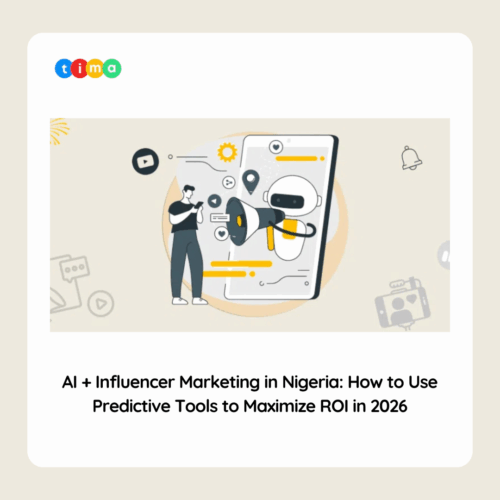
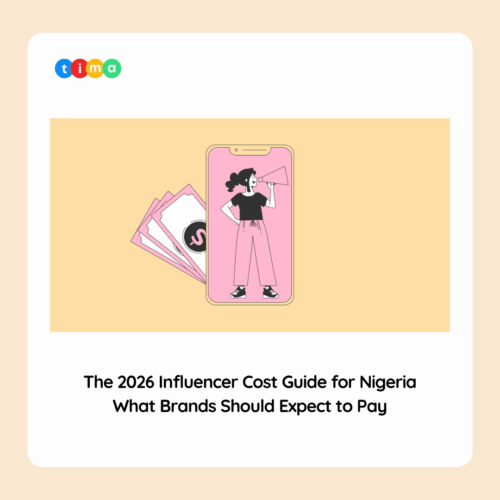
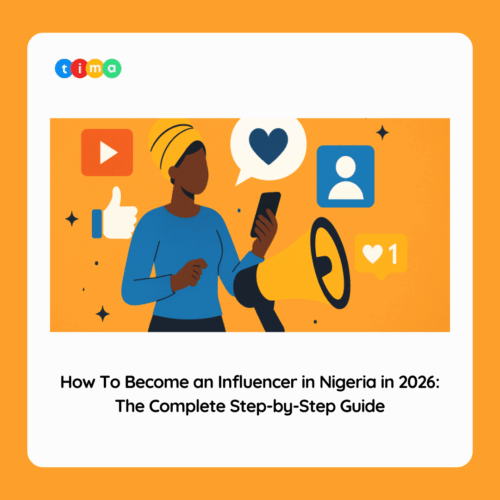

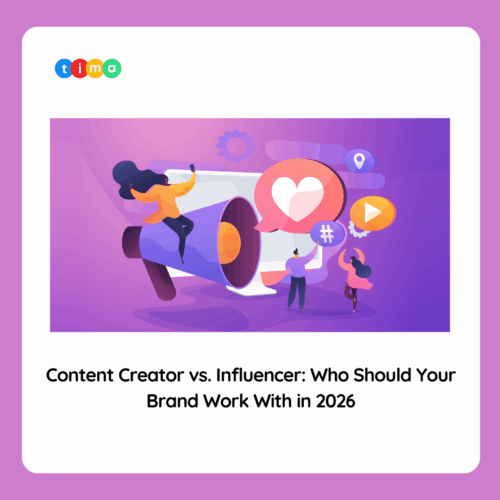
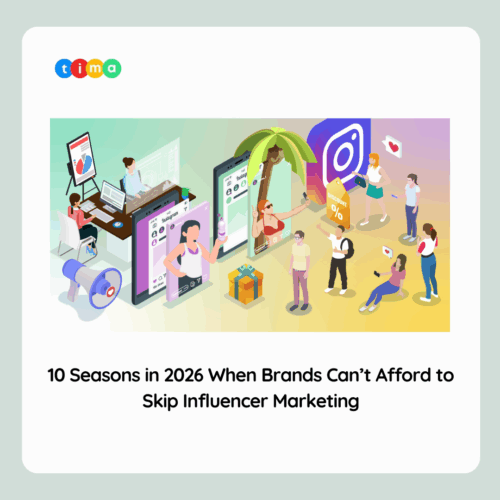
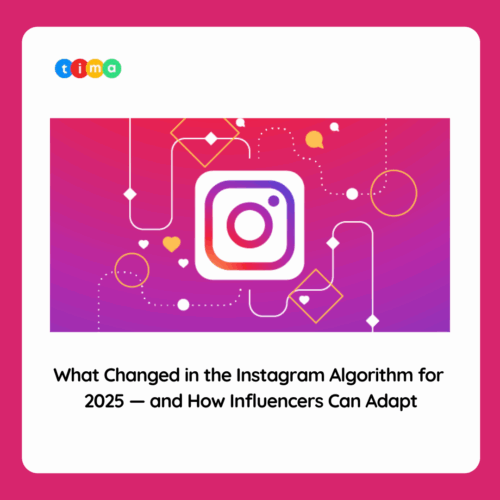
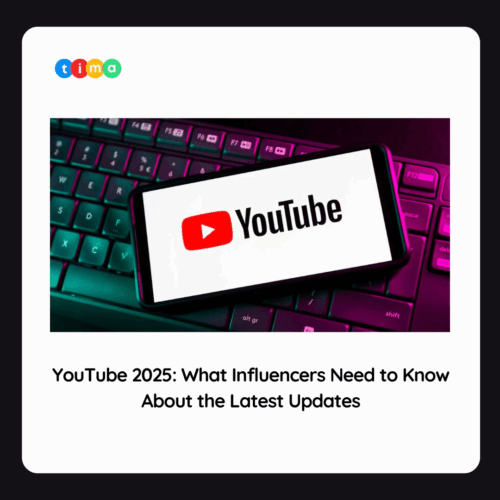
[…] campaigns are built on the foundation of creators who naturally align with the brand’s voice. Finding this kind of influencer is not always easy because brand-creator alignment is not limited to desire, the number of […]